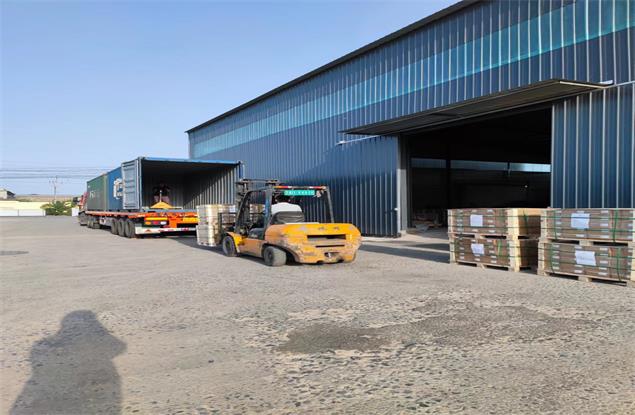spring washer placement factory
The Importance of Spring Washer Placement in Manufacturing
Spring washers, often overlooked in the broader spectrum of manufacturing components, play a crucial role in ensuring the reliability and functionality of mechanical assemblies. While their design may seem simple, the correct placement and usage of spring washers can significantly impact the longevity and performance of machinery. In this article, we will explore the significance of spring washer placement in factories, considering design considerations, manufacturing practices, and the overall implications for productivity.
Understanding the Function of Spring Washers
Spring washers are designed to exert a spring force between the fastening surfaces of a joint. They are typically utilized to prevent loosening due to vibrations, thermal expansion, and other forces acting on mechanical assemblies. When placed correctly, they ensure that the fastener maintains its intended clamping force, thereby enhancing joint integrity. The two most common types of spring washers are the wave washer and the split washer, each serving distinct purposes in various applications.
Design Considerations
The effectiveness of a spring washer is highly dependent on its design and placement. Factors such as the load it needs to withstand, the materials involved, and the environment in which it operates must be considered. For example, in high-vibration environments, a split washer may provide better resistance to loosening than a wave washer. Consequently, engineers must carefully select the appropriate type of spring washer based on the specific requirements of the assembly.
Placement is another critical aspect. The washer should be positioned directly under the bolt head or nut, ensuring that it can provide the necessary tension. If a washer is misaligned or improperly placed, it can lead to uneven load distribution, which may cause premature failure of the assembly. Therefore, training workers on the correct placement techniques is essential in any manufacturing setting.
Manufacturing Practices
spring washer placement factory

In a factory setting, the placement of spring washers should be part of a standardized procedure
. This includes training employees in the assembly process and providing clear guidelines for the correct use and placement of fasteners and associated components.Automated systems can play a significant role in improving the consistency of spring washer placement. Using advanced machinery equipped with feeders and automated fastening tools can help reduce human error. Such innovations not only improve efficiency but also enhance the overall quality of the products being manufactured. Furthermore, adherence to strict quality control measures can help in identifying issues related to improper placement before they result in costly rework or product failures.
Productivity and Cost Implications
The ramifications of improper spring washer placement can be far-reaching. In industries where machinery downtime can lead to significant financial losses, ensuring proper placement can enhance productivity. An assembly that fails due to a loose joint can lead to production halts, increased labor costs for repairs, and potential damage to equipment.
Conversely, taking the time to ensure correct placement can lead to better durability and performance, ultimately reducing the need for maintenance or replacement parts. This improved reliability translates into lower operational costs and higher customer satisfaction.
Conclusion
In the realm of manufacturing, the seemingly simple spring washer holds substantial power in ensuring the integrity of mechanical assemblies. By focusing on the proper selection and placement of spring washers, manufacturers can enhance their product quality, reduce maintenance costs, and improve overall operational efficiency. As industries continue to evolve, the emphasis on meticulous assembly practices will be crucial in maintaining competitive advantages and meeting the demands of modern production. By investing in training and adopting automated solutions, factories can ensure that every component, including spring washers, is positioned for success.
In summary, recognizing the importance of spring washer placement within manufacturing processes is essential for fostering innovation and reliability in mechanical assemblies, ultimately leading to the sustainable growth of the industry.
-
Top Choices for Plasterboard FixingNewsDec.26,2024
-
The Versatility of Specialty WashersNewsDec.26,2024
-
Secure Your ProjectsNewsDec.26,2024
-
Essential Screws for Chipboard Flooring ProjectsNewsDec.26,2024
-
Choosing the Right Drywall ScrewsNewsDec.26,2024
-
Black Phosphate Screws for Superior PerformanceNewsDec.26,2024
-
The Versatile Choice of Nylon Flat Washers for Your NeedsNewsDec.18,2024










